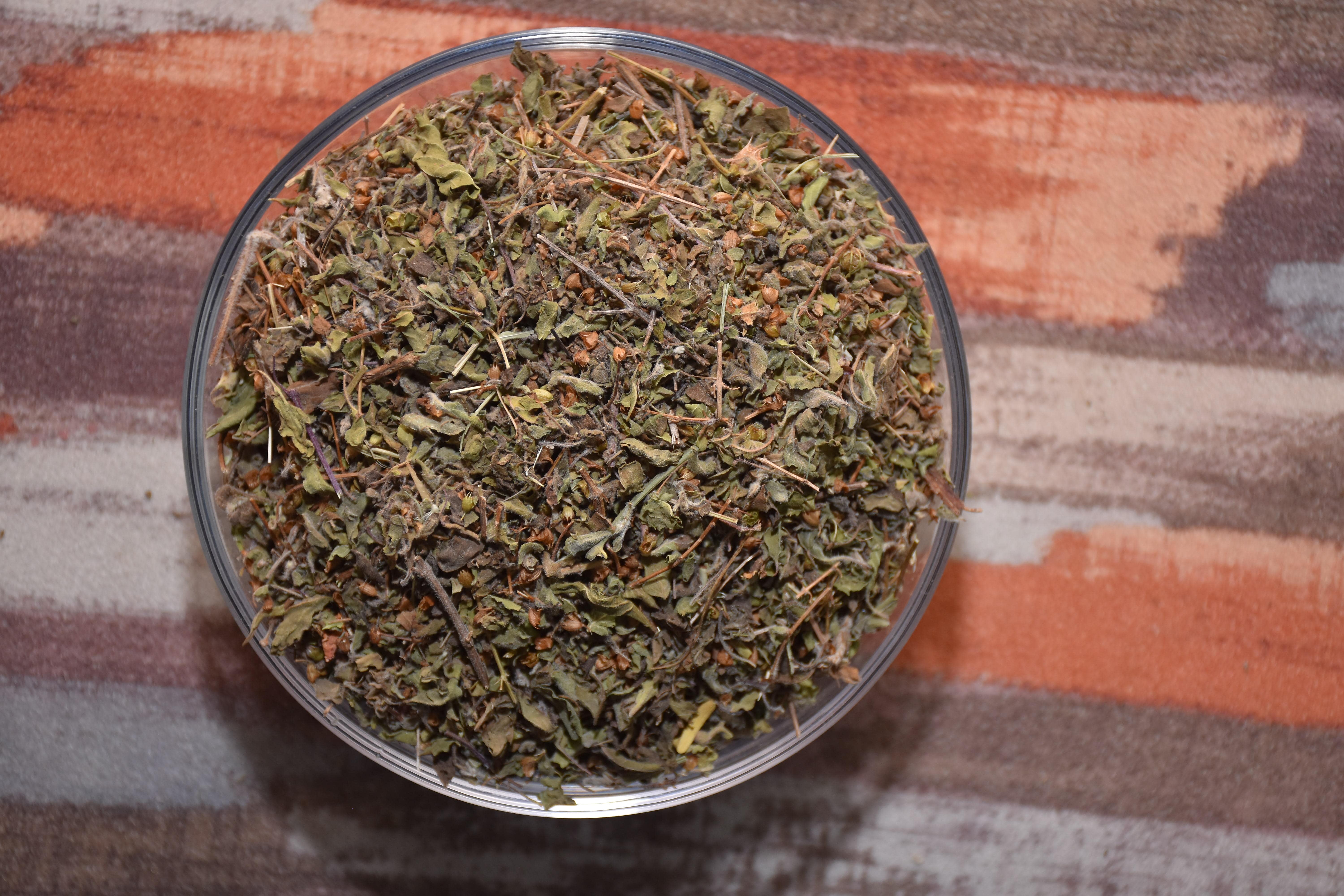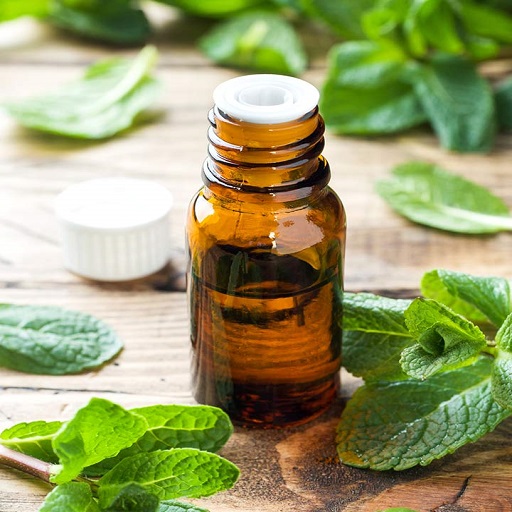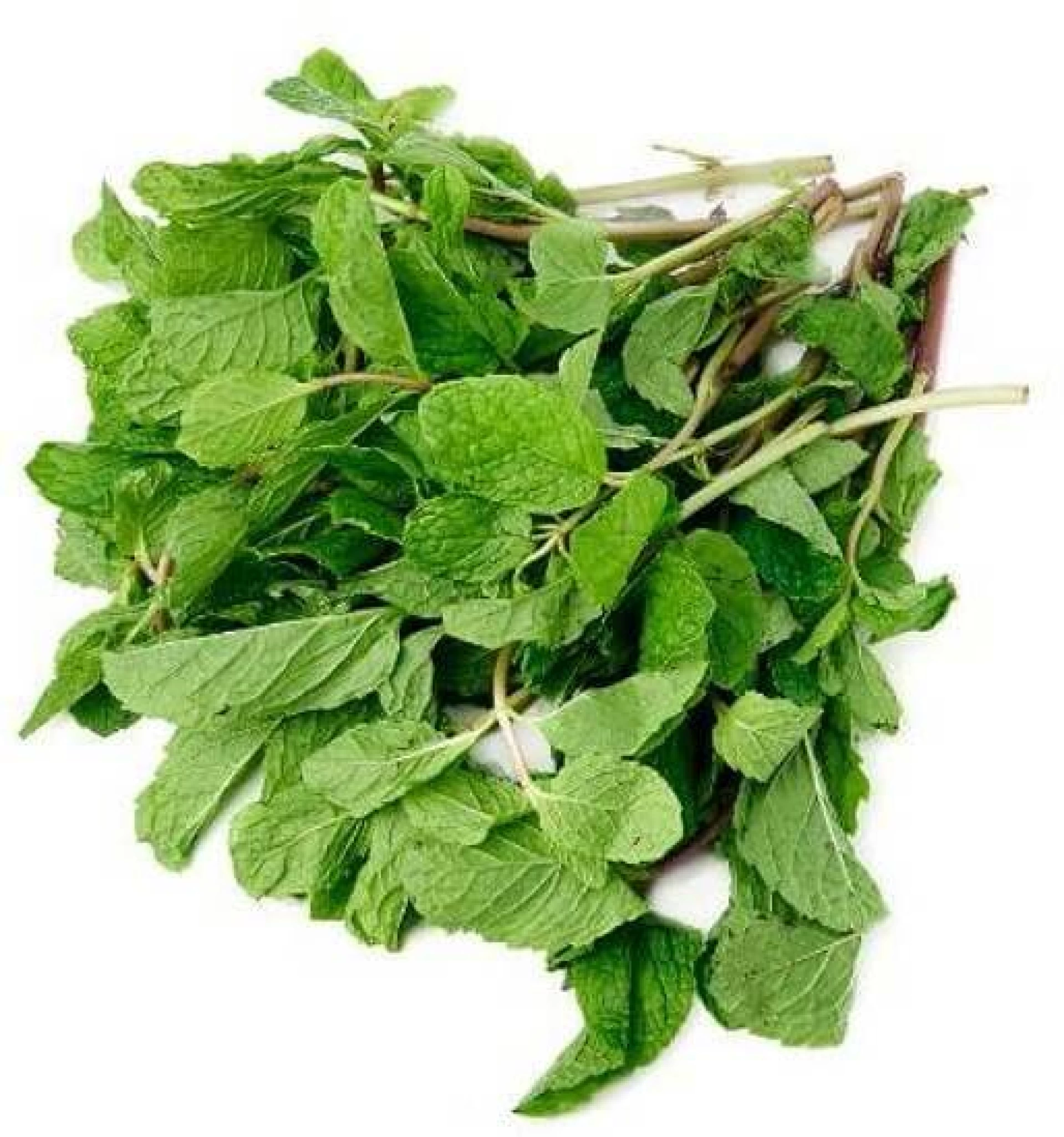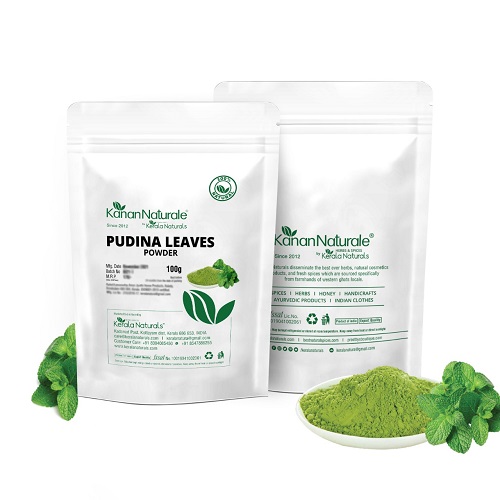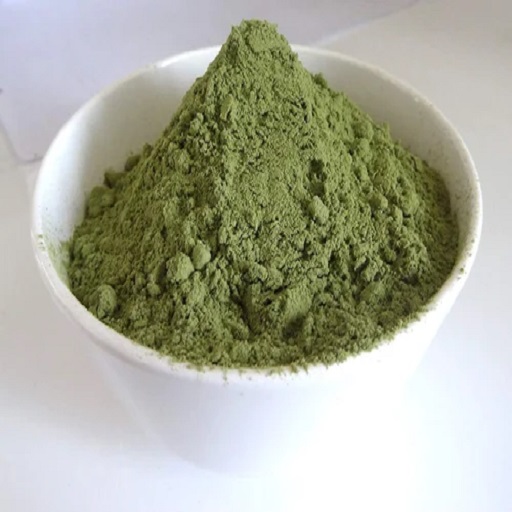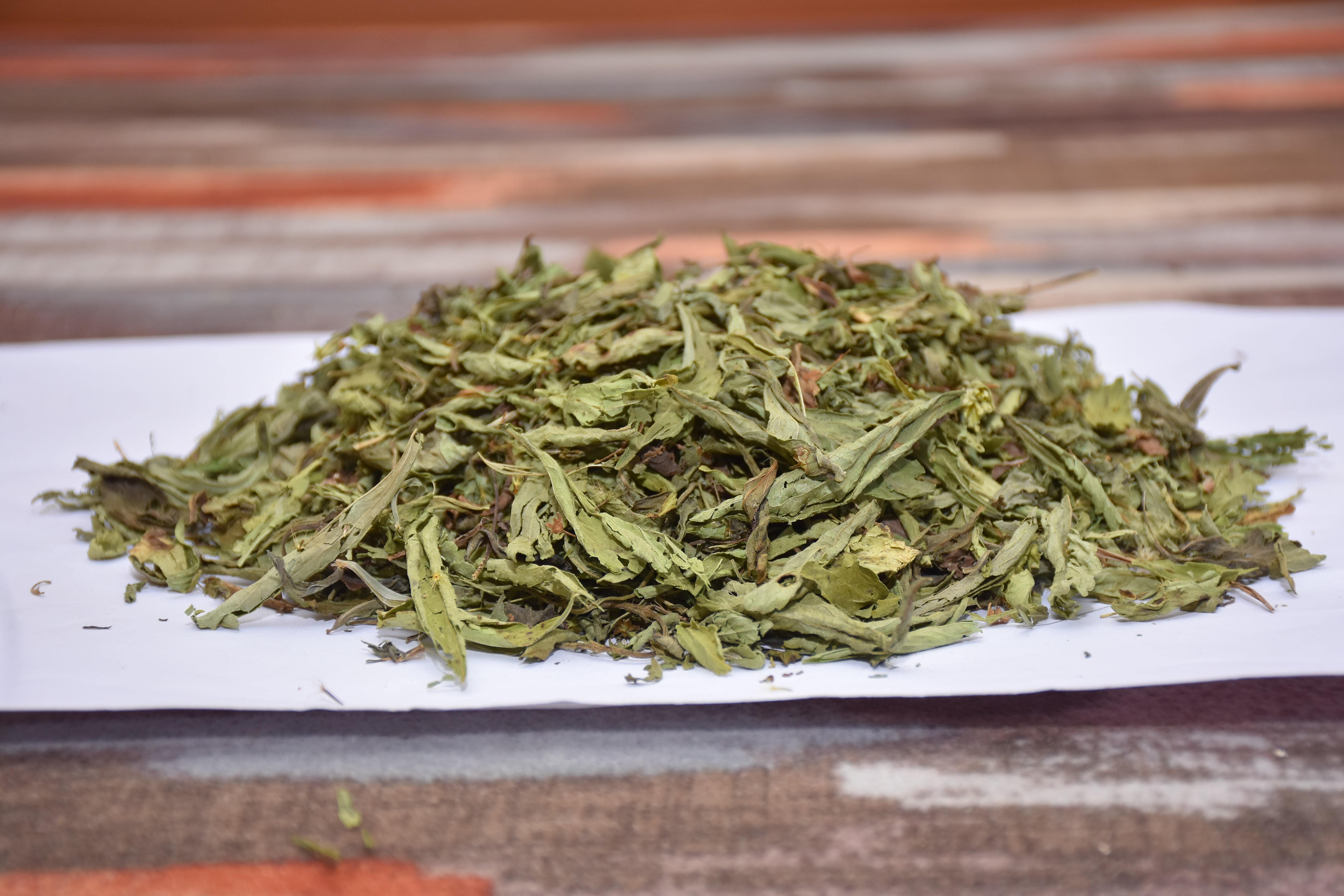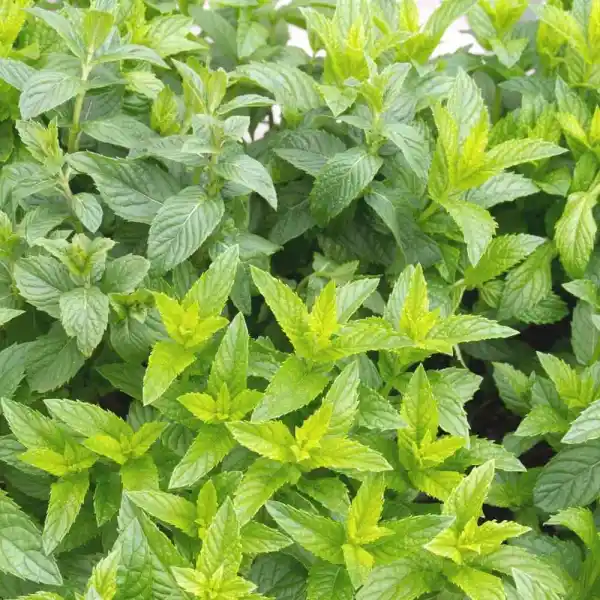

| Organic Status: | Organic |
|---|---|
| Category: | Organic Herbs |
| MOQ: | 1 Kilogram |
| Uses & Application: | Mint is the most popular herb in India as well as in other countries, it is very easy to grow in homes. It has dark green, strong scented leaves which are the most culinary herb plants. Mint is not only used in the kitchen but it also has many medicinal u |
| Packing: | 1 Kg,5 Kg |
| Supply Capacity: | 100 KG |
| Port of Dispatch: | Any |
| Delivery Time (In Days): | 10 |
| Payment: | Cash on delivery,Net banking |
- Number of Mint seeds: 200 Seeds
- Where to grow: Balcony or terrace garden
- Sowing season: Spring or Autumn
- Sowing method: Sow the seeds 0.5 inches deep in a Container, or Pots.
- Germination Time: 7 to 14 days from sowing
- Germination Temperature: 16-21°C
- Edible parts: Leaves
- Sowing distance: 30 cm Plant to Plant
What size grow bag is best for Mint?
- 9 x 9 Inch (W*H)
- 12 x 12 Inch (W*H)
- 15 x 15 Inch (W*H)
Mint Growing Season In India
Mint is a fast-growing herbaceous plant that does not grow in extremely cold weather (frost). Sow the mint seeds in the spring or autumn or in a frost-free climate.
How To Grow Mint In Pots
Sow the Mint seeds directly in pots or grow bags, you can also start them in a seedling tray and then transplant them after the seeds germinate. Select pots or grow bags that are at least 9-15 inches (wide and deep) that have well-draining holes. The ideal temperature for germination of mint seeds is between 16-21°C.
Note – To keep your mint leaves flavorful and strong-scented, repot it every 2-4 years.
Mint (Mentha Pipreta) Seeds Sowing Method
Take a pot or grow bag, fill them with a sowing medium and then sow the mint seeds about 0.5 inches deep in the soil and 2-3 inches apart from each seed. Water deeply, keep the soil moist, and place the pot in a dark place indoors. Mint seeds germinate for about 7-14 days (depending on growing conditions).
Fertilizer For Mint Plants
- To encourage mint leaf growth, you should regularly feed your plant with a diluted solution of water-soluble fertilizer (tea compost, or fish emulsion)
- Plan to fertilize the mint pot annually with a slow-release fertilizer.
Mint Plants Care Tips
Soil – Use fertile and well-drained soil for planting mint
Water – Mint plant doesn’t need too much water, give water whenever you feel the soil becomes dry.
Sunlight – Mint plant requires at least 6 hours of sunlight every day.
Temperature – The optimum mint growing temperatures are 15-25°C.
Common pests and diseases – Aphid, Cutworm, and flea beetles are some pests that attack the mint plants. Mint rust and powdery mildew infected the mint plants. To get rid of this problem, it would be right to spray neem oil on the mint plant from time to time.
Pruning – Most gardeners recommended pruning mint plants because it encourages plant growth. Take a normal scissor and cut off any dried, or infected leaves, and remove flower stalks, if they appear.
Harvesting Of Mint Leaves
- You can cut the mint leaves when the plant is about 1 foot tall and is 50-60 days old after planting.
- Harvest mint leaves regularly by pinching off stems.
Mint Plants Special Feature
- Common name – Mentha, Peppermint, and Pudina
- Scientific name – Mentha
- Height – 12 to 18 inches
- Level of growing – Easy
Introduction to Mint Seeds
Mint seeds are the seeds of the mint plant (Mentha). There are several varieties of mint, including peppermint (Mentha piperita), spearmint (Mentha spicata), and chocolate mint (Mentha x piperita f. citrata 'Chocolate'). Mint seeds can be used to grow new mint plants, which can be used for culinary or medicinal purposes.
Benefits of Growing Mint Seeds
There are several benefits of growing mint seeds:
1. Easy to Grow
Mint seeds are easy to grow, even for beginners. They require minimal care and can grow in a variety of conditions.
2. Versatile Plant
Mint is a versatile plant that can be used in cooking, teas, and aromatherapy. It is also a natural remedy for several health conditions, including indigestion and headaches.
3. Low Maintenance
Mint plants require minimal maintenance and can thrive in a variety of growing conditions. They are also drought tolerant and can survive in dry soil.
4. Natural Pest Repellent
Mint plants are natural pest repellents and can help to repel insects like mosquitoes and ants.
How to Grow Mint Seeds
Growing mint seeds is easy. Here are the steps to follow:
1. Start with Good Quality Seeds
Start by selecting good quality mint seeds. You can purchase mint seeds from a local nursery or online.
2. Choose a Growing Location
Mint plants prefer partial shade and moist soil. Choose a location that receives partial sunlight and has well-draining soil.
3. Prepare the Soil
Prepare the soil by adding organic matter, such as compost or manure. This will help to improve soil fertility and drainage.
4. Plant the Seeds
Plant the mint seeds in the prepared soil, spacing them 18 to 24 inches apart. Cover the seeds with a thin layer of soil and water gently.
5. Water Regularly
Water the mint plants regularly, keeping the soil moist but not waterlogged.
6. Fertilize Occasionally
Fertilize the mint plants occasionally with a balanced fertilizer.

